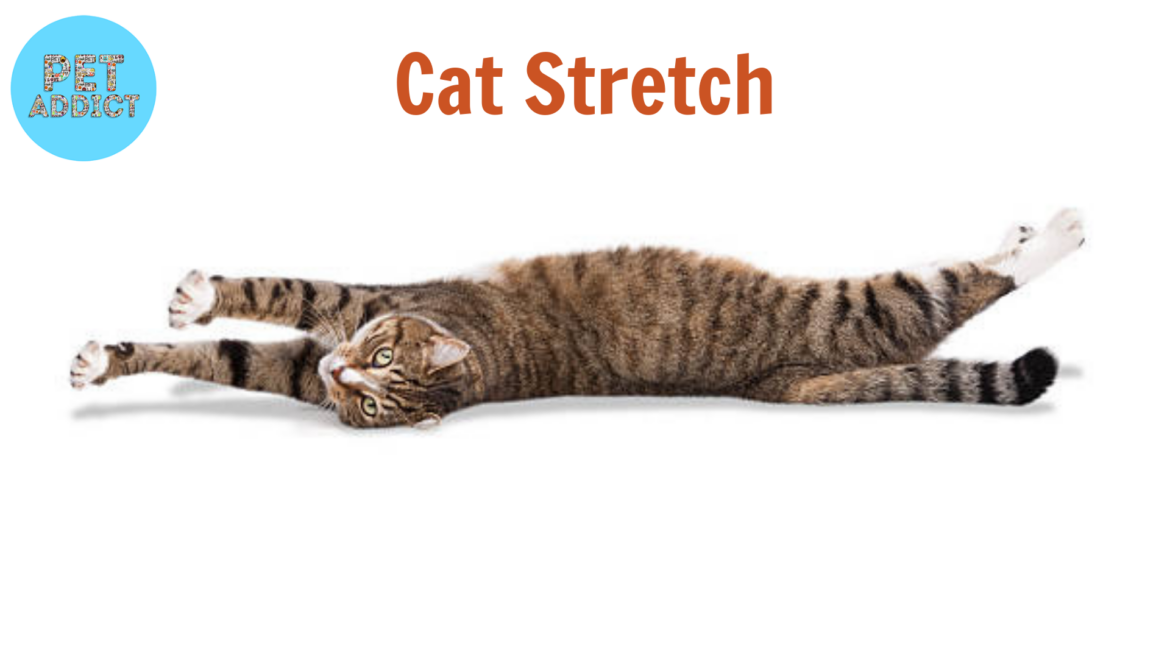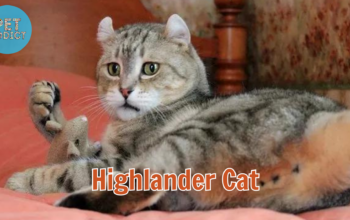Cat stretching is one of the most iconic and recognizable behaviors of our feline companions. While it might seem like a simple and instinctive action, there’s more to it than meets the eye. In this article, we’ll explore the reasons behind cat stretching, the benefits it offers, and why it’s important to understand and appreciate this natural behavior.
PetAddict.net – The best place where you can find everything about your pet!
The Cat Stretching Ritual
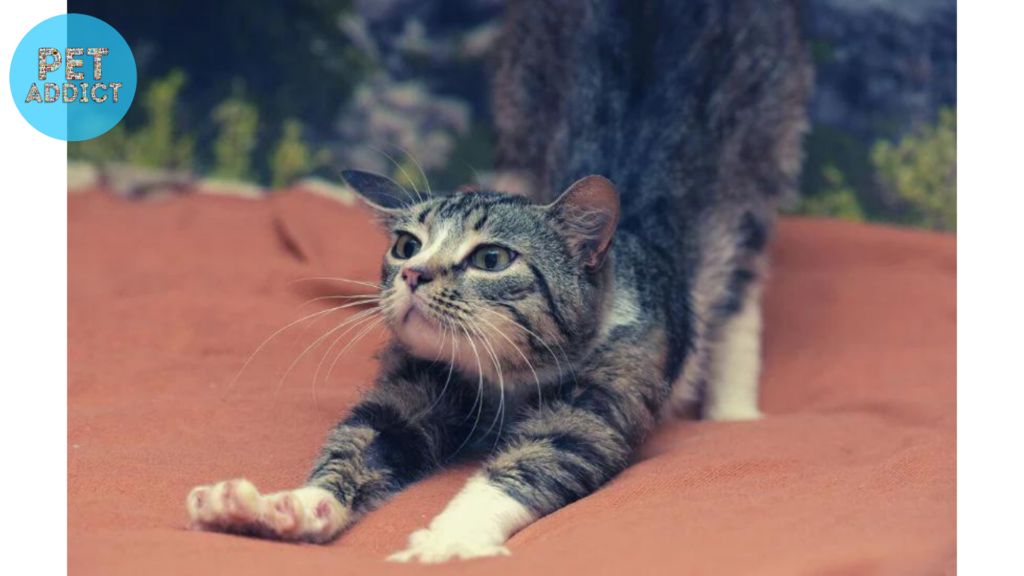
If you’ve ever watched a cat wake up from a nap, you’re likely familiar with their elaborate stretching routine. Cats typically begin by arching their backs, extending their front paws forward, and then extending their hind legs in a stretch that mimics a yoga pose. This sequence isn’t just about shaking off sleepiness; it serves several important purposes in a cat’s life.
Reasons for Cat Stretching
Flexing Muscles
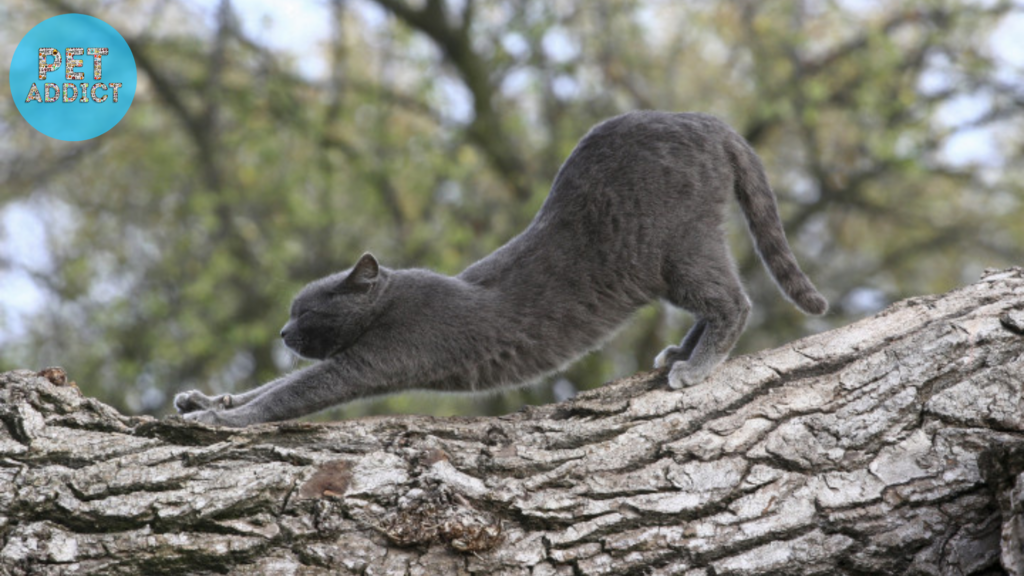
Just like humans, cats have muscles that need to be stretched and warmed up after a period of rest. Cat stretching helps maintain flexibility, prevent stiffness, and ensure that their muscles are ready for action.
Marking Territory
Cats have scent glands in their paws, which release pheromones when they scratch and stretch. This marking behavior not only helps them leave their scent in their territory but also provides them with a sense of comfort and familiarity.
Waking Up the Body
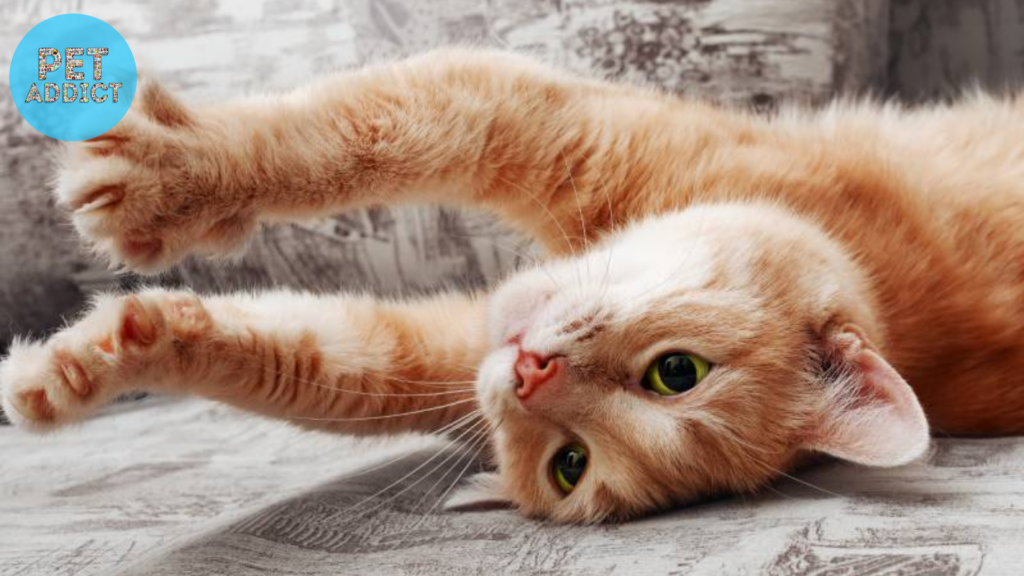
Cats are crepuscular animals, meaning they are most active during dawn and dusk. When they wake up from a nap, stretching helps increase blood flow, awaken their senses, and prepare them for their active periods.
Instinctual Behavior
In the wild, stretching serves as a way for cats to prepare for hunting or defending themselves. Even though our domestic cats may not be chasing down prey, this instinctual behavior is deeply ingrained in their nature.
Benefits of Cat Stretching
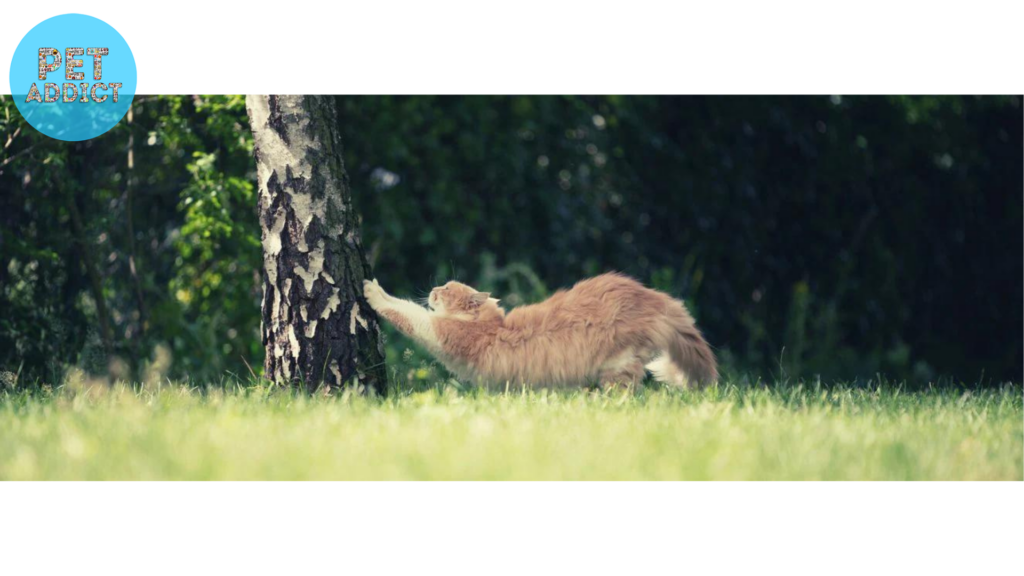
- Flexibility: Cat stretching promotes flexibility in a cat’s muscles and joints. This is crucial for maintaining their agility and overall physical well-being.
- Blood Circulation: The stretching motion helps increase blood circulation throughout the body, delivering oxygen and nutrients to their muscles and organs.
- Stress Relief: Similar to how humans might stretch to relieve tension, cat stretching can help release stress and promote relaxation.
- Preventing Injury: Regular stretching reduces the risk of injury by keeping muscles and joints in good condition.
- Digestive Health: Cat stretching can stimulate the digestive system, aiding in healthy digestion and preventing constipation.
How to Encourage Cat Stretching
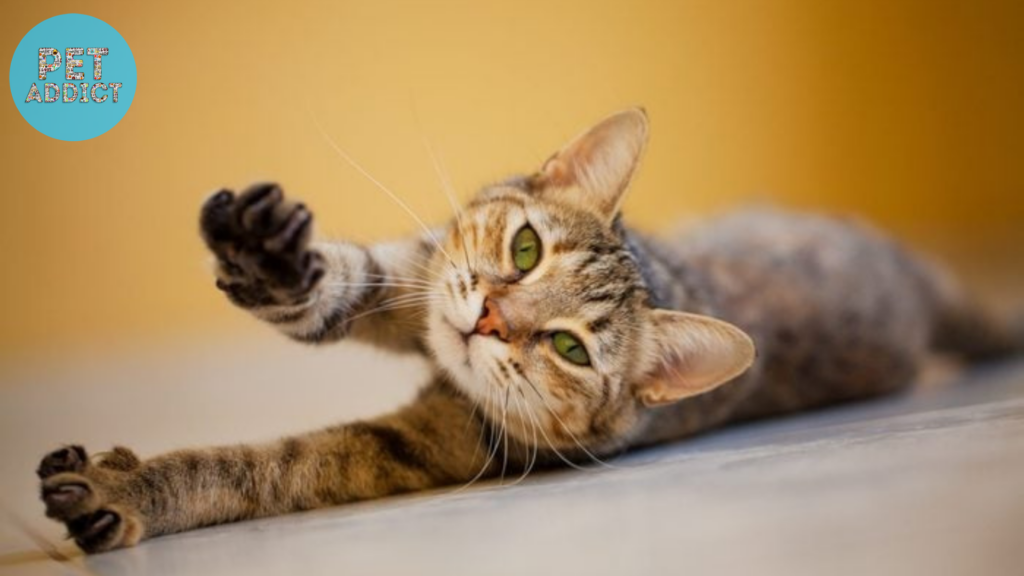
- Provide Enrichment: Create an environment that encourages play and exploration. Interactive toys, scratching posts, and climbing structures can motivate cats to engage in natural behaviors like stretching.
- Warm and Comfy Spaces: Cats love warm and cozy spots. Providing comfortable beds and sunny windowsills can entice them to stretch upon waking.
- Regular Exercise: Engage your cat in play sessions to keep their muscles active and encourage stretching during and after playtime.
- Gentle Petting: Gently petting and massaging your cat can promote relaxation and encourage them to stretch as they enjoy the attention.
Conclusion
Cat stretching is more than just a cute display of feline behavior. It’s a vital and instinctive action that benefits your cat’s physical and mental well-being. By understanding and facilitating this natural behavior, you can contribute to your cat’s overall health and happiness.
FAQs
- Why do cats arch their backs when they stretch? Arching the back during stretching helps cats extend their spine, promoting flexibility and releasing tension.
- Do all cat stretch the same way? While the basic stretching sequence is similar, individual cats might have slight variations in their stretching routines.
- Can I join in when my cat is stretching? Mimicking your cat’s stretching movements can be a fun way to bond, but be sure not to invade their personal space if they’re not comfortable.
- Do older cats stretch less? Older cats may stretch less frequently due to reduced activity levels, but stretching remains important for maintaining their physical health.
- Is there a difference between indoor and outdoor cats in terms of stretching? Both indoor and outdoor cats exhibit similar stretching behaviors. However, outdoor cats might have additional opportunities to stretch while exploring their environment.

